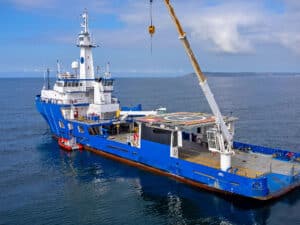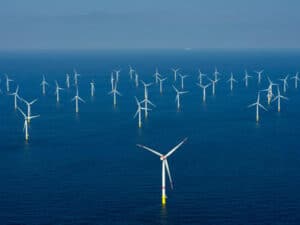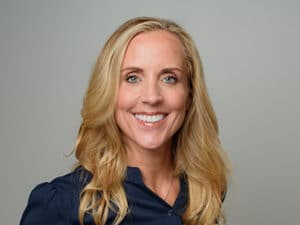
Damen delivers newbuild seismic support chasers
Written by Nick Blenkey JUNE 24, 2013 — The delivery of the ‘Aquarius-G’ and her sister ship ‘Astra-G’ to offshore services company Rederij Groen, Scheveningen, the Netherlands has taken delivery of the Seismic Research Support Vessels Aquarius-G and sistership Astra-Gfrom Maaskant Shipyards Stellendam, part of Damen Shipyards Group.
JUNE 24, 2013 — The delivery of the ‘Aquarius-G’ and her sister ship ‘Astra-G’ to offshore services company Rederij Groen, Scheveningen, the Netherlands has taken delivery of the Seismic Research Support Vessels Aquarius-G and sistership Astra-Gfrom Maaskant Shipyards Stellendam, part of Damen Shipyards Group.
The two have a 40-m length over all, 9.30 m beam, 3.30 m draft, with accommodations for a complement of fourteen. Top speed is 14 knots.
Designed by Saltwater Design in cooperation with the owner and the shipbuilder, their major role is to act as guard vessels, or chasers, and to ensure that other shipping, mainly fishing vessels, keeps at a distance from seismic vessels engaged in offshore exploration as their nets might damage the costly seismic streamers trailing behind the survey vessels.
They are the first purpose-built newbuilds delivered for this role.
“All our other SRS Chaser vessels so far involve converted fishing trawlers,” says Henk Groen, director and proprietor of Rederij Groen proudly notes about his new twins. “Having them designed to our specific needs right from the drawing board, significantly enhances the vessels’ deployability and performance. Their sharply reduced sway and maneuverability are just two examples.”
A further key activity for the SRS vessels are the alongside operations, featuring a variety of services to the seismic survey mothership. Whilst sailing alongside, such assistance includes the board-to-board transhipment of goods and equipment. The two new SRS vessels have a 2 t at a 10.5 m reach deck crane. The 105 sq.m of free space at the aft deck provides sufficient storage capacity to include several ISO maritime containers. An aggregate 16 cu.m of temperature controlled cells cater for other auxiliary services.
The two purpose-built Chasers have superior nautical capabilities to the converted fishing trawlers. Their much reduced sway benefits both the alongside operations and the crew’s comfort.
“Seismic research is done at a sailing speed not exceeding four knots. At such low speeds, the ship needs to be both stable and maintain good maneuverability,” Mr. Groen says. SRS vessels also measure sea current near offshore rigs to ensure a safe close passage for the seismic survey ship. “So keeping lane at very low speeds is vital for this precise work.” All of this is being put into practice as the Astra-G´ is currently working at its first assignment in the Barents Sea.





Leave a Reply
You must be logged in to post a comment.